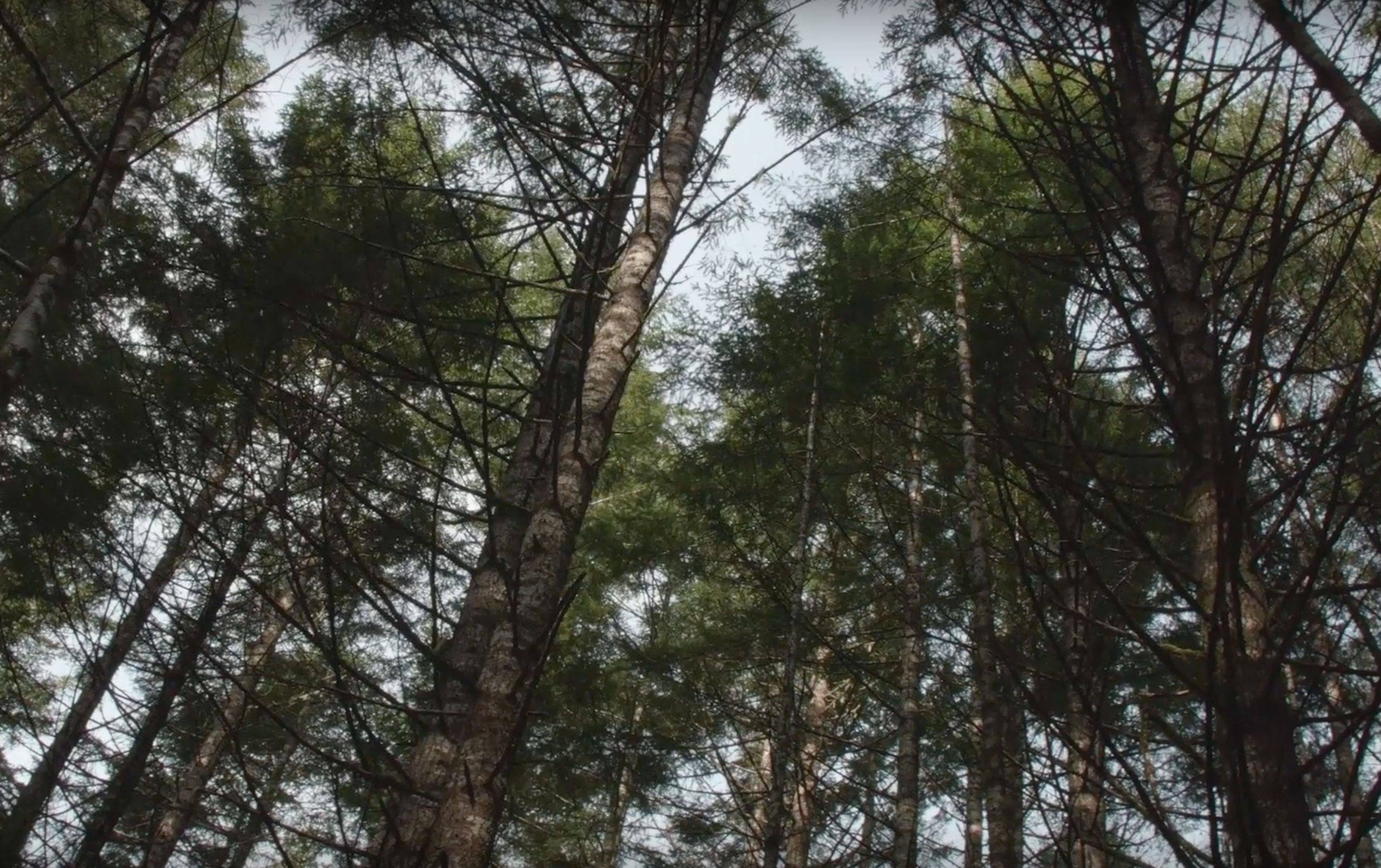New ways to feed the world are emerging through technology and environmental stewardship
The Road to Plenty


New ways to feed the world are emerging through technology and environmental stewardship

A food lover’s journey from farm to table

To help inform policy discussions and public discussion about genetically engineered (GE) agricultural products, Dan Arp, Dean of OSU’s College of Agricultural Sciences, commissioned a series of white papers to explore five areas of public interest.

Oregon’s $5 billion-a-year agriculture industry needs new breeds of grains, nuts, fruits and vegetables. Some food crops become vulnerable to disease and pests. Others must evolve to match the changing needs of farmers and consumers.

he Columbia River Basin comes to life in a new digital atlas produced by Oregon State University cartography students. They have created an iBook — accessible via Apple’s iPad — which combines the look and feel of a traditional paper book with the touch-screen features of a tablet computer.

UAVs can help manage wildfires, support a search-and-rescue mission, plant trees to avoid wind or heat damage, monitor wildlife, improve irrigation, detect crop-disease outbreaks and gauge environmental health.